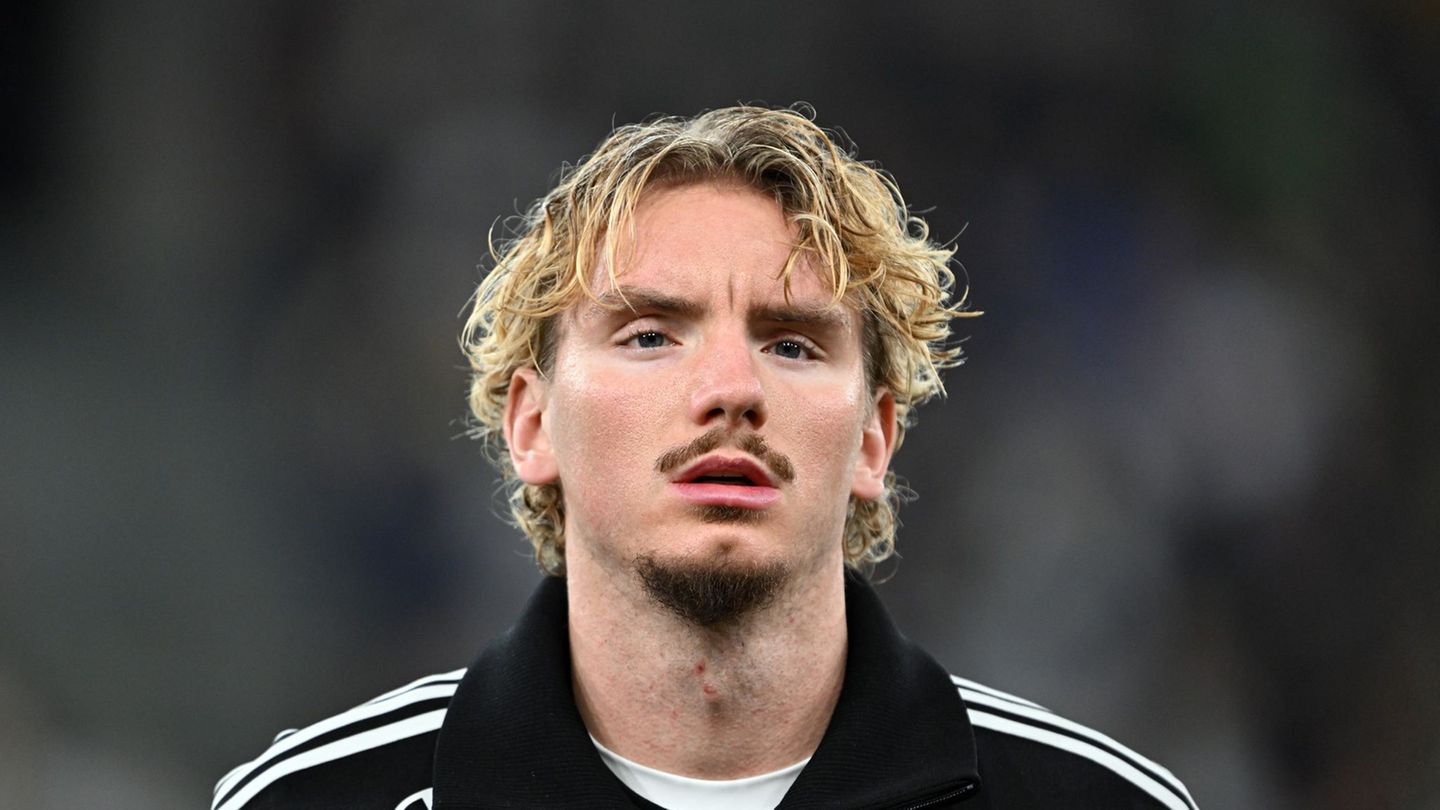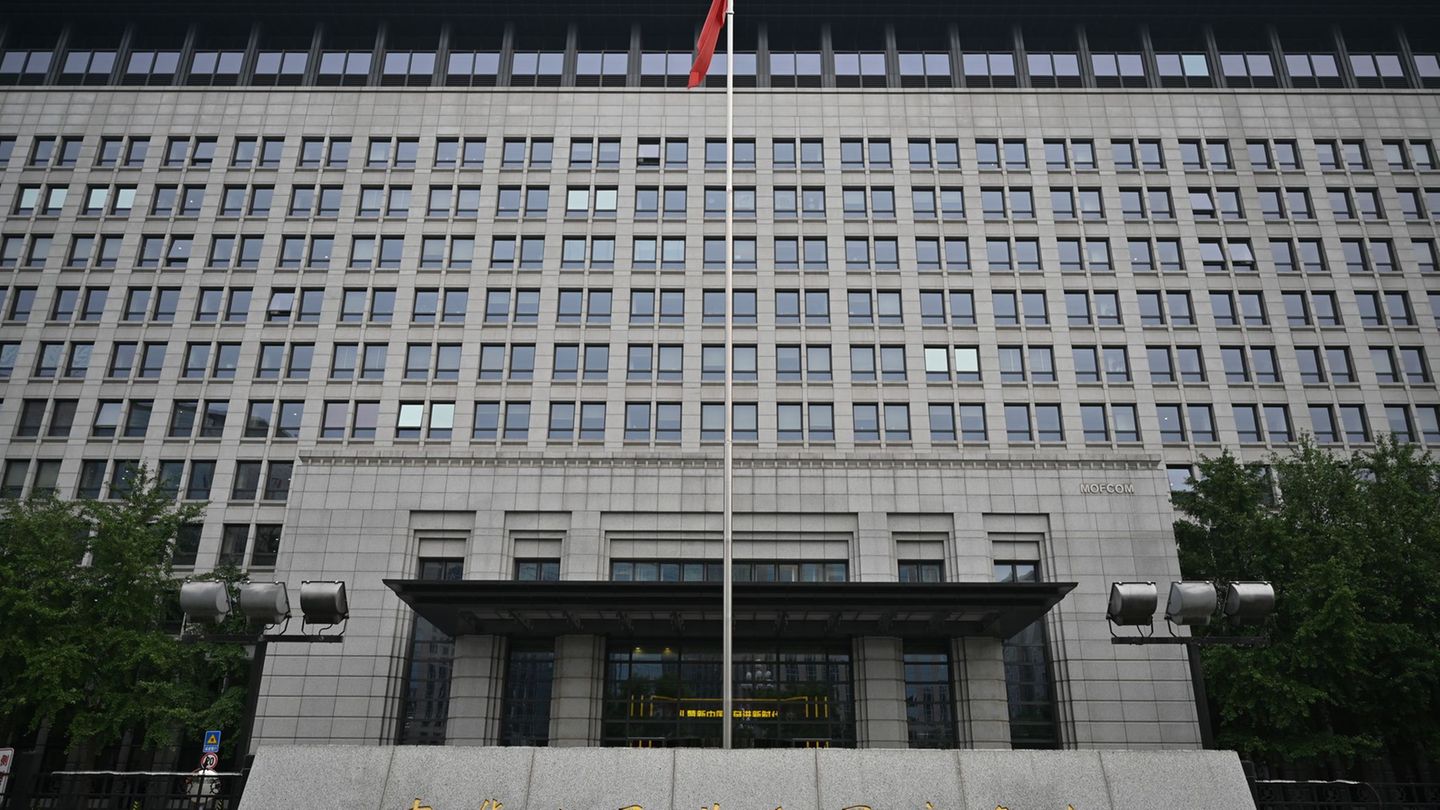The Chinese philosopher Confucius is credited with the realization: “Tell me and I will forget. Show me and I may remember. Let me do it and I will be able to.” Under the premise it becomes clear why the exhibits in modern science centers – like the Welios – are called “hands-on exhibits”. It sees itself as a hands-on museum and wants to inspire young visitors in particular.
So it’s all about trying things out on the 3,000 square meters of exhibition space. Fathers, mothers and children of all ages can get hands on around 150 exhibits. Gaining scientific knowledge guaranteed.
room for illusions
Sometimes, however, you can’t trust your senses – this too is a phenomenon that can be explained scientifically. The laws of optics are examined in the room of illusions. The newly designed area with 38 stations breaks proportions, distorts the physical silhouette beyond recognition and makes even the most steadfast visitor dizzy with hypnotic methods.
The first floor of the Welios puts the system back in order, since it’s all about the computer. It trickles masses of zeros and ones, which are broken down to a tangible, analogue level in the science center. With practical examples, riddles and puzzles, “thinking processes” of the computer are simply illustrated. “Computer science, mathematics, natural sciences and technology are more important than ever now, in times of climate change and digital transformation,” says Welios Managing Director Michael Holl. “Creative solutions and a wealth of ideas form the basis for mastering future challenges. Today, tomorrow’s specialists often have their first point of contact with their later professions in a science center like the Welios.”
To ensure that a visit to the Welio’s permanent exhibition does not remain an isolated case, the Science Center regularly organizes special exhibitions such as the current weather and climate show “Under the Clouds” (see article on the right). Past special exhibitions were about space travel (the suit of Austria’s only spaceman, Franz Viehböck, could be admired) or they were dedicated to the world of airplanes. In a flight simulator, you could control the stick yourself.
Welios for adults
The Welios also offers interesting events for adults, above all the “Tea Time – Science Talk” series – with free admission. On four Sundays in the winter semester, researchers and scientists are guests at Tea Time to present their specialist area. This year’s season begins on Sunday, November 6th at 4.30 p.m. with the physicist Robert Höller from the Wels University of Applied Sciences. The specialist in photovoltaics investigates the question: “Will the sun save us?”
Other guests include quantum physicist Sebastian Ecker (December 11) from the team led by Nobel Prize winner Anton Zeilinger, astronomer and science buster Ruth Grützbauch (January 15) and physicist Thomas Fleckl (February 12) from the Austrian Institute of Technology, who spoke about the Heating of the future speaks and the trends for the necessary heat transition.
The Welios itself is considered a pioneer here. The modern building was designed by the planners (archinauten – dworschak + mühlbachler architekten zt-gmbH from Linz) using low-energy construction. No energy-guzzling air conditioning systems are used to cool the building in summer, but simply well water.
To keep Welios a little ahead of its time in the future, its educational advisor and OÖN columnist Leo Ludick founded the PROWelios association with friends. Among other things, the former physics professor organizes trips with scientific content. Aurora trips to Norway, a trip to the Brenner Base Tunnel, a trip to the volcanoes of Iceland and a visit to the European Nuclear Research Center CERN are in preparation. There really is always something going on in the Welios.
Weather or climate? where the difference lies
The current special exhibition “Under the Clouds”, developed in cooperation with the Central Institute for Meteorology and Geodynamics (ZAMG), the Alfred Wegener Institute in Graz and the University of Graz, is all about climate and thus has its finger on the pulse of the times. It shows the cause and effect of the greenhouse effect, explains the difference between weather and climate, and enables a virtual tour of the world’s oldest weather station in Kremsmünster.
The Story of Velios
1990 the idea for a science center in Wels is born.
2009: Florian Cippani (8 years old) wins the naming competition with the combination of Wels and Helios.
2010: Start of building. On April 16, 2011, the Welios will open.
In the autumn holidays …
During the autumn holidays, the Welios attracts with science shows: The acoustic shows take place on October 30 and November 1 at 11 a.m. and on October 31 and November 2 at 2:30 p.m.
The light shows are scheduled for October 31 and November 2 at 11 am and October 30 and November 1 at 2:30 pm.
Source: Nachrichten




